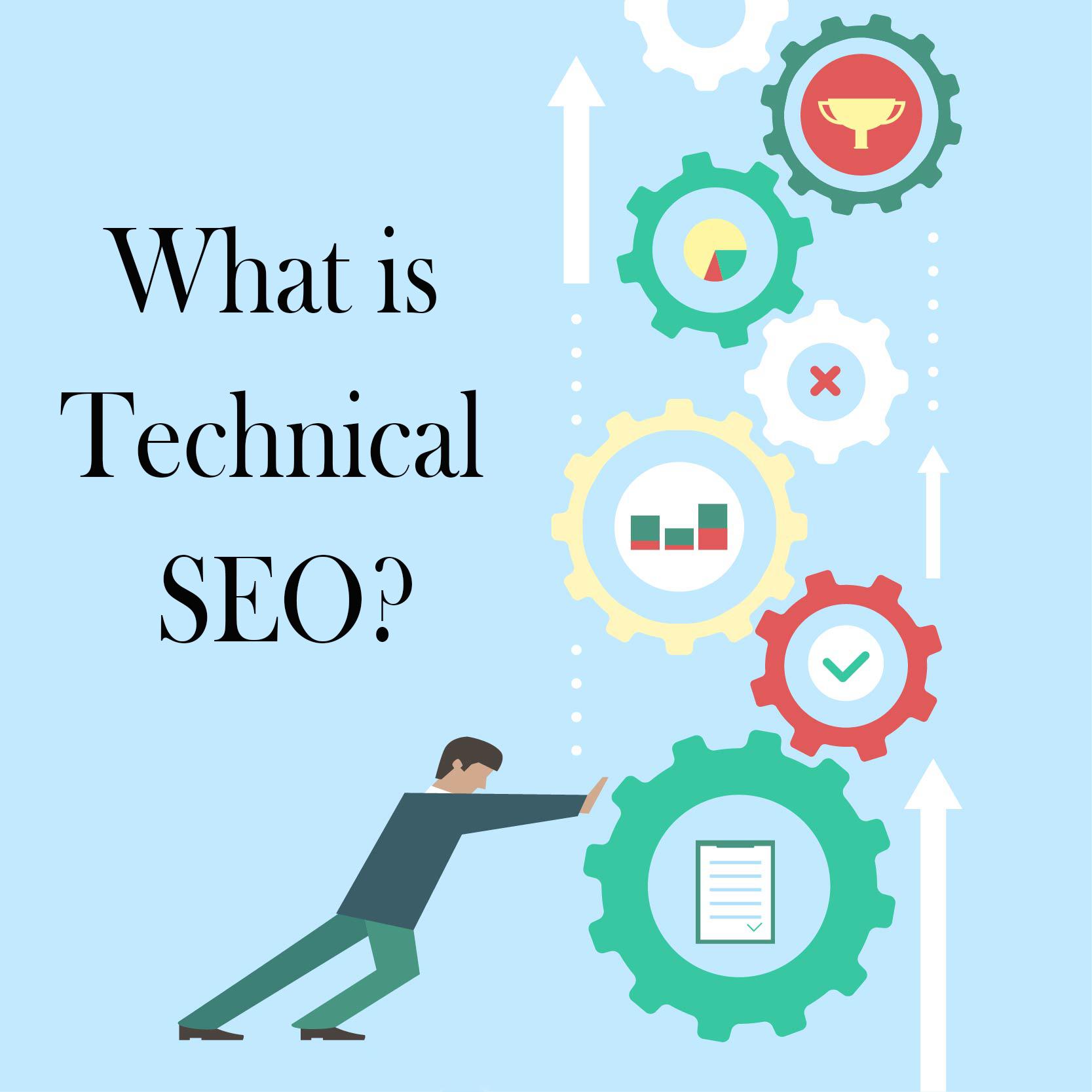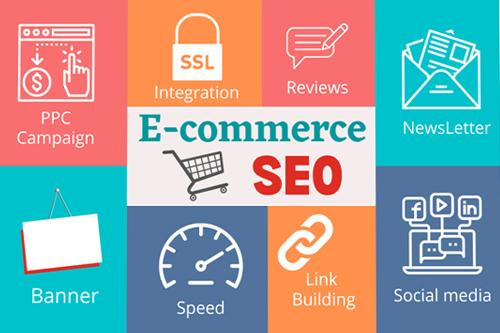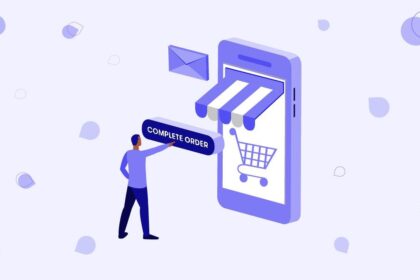In the digital landscape where countless brands vie for consumer attention, the triumph of e-commerce hinges not only on innovative products or captivating designs but significantly on visibility. With millions of websites competing for that coveted spot on the first page of search engine results, mastering the intricacies of search engine optimization (SEO) has never been more crucial. But what does it take to truly unlock e-commerce success in this SEO-driven world? This article delves into the essential best practices that can elevate your online store, enhance its discoverability, and ultimately drive conversions. Whether you’re a seasoned marketer or just starting your journey in the e-commerce sphere, understanding and implementing these strategies will empower you to stand out in a crowded marketplace and build a brand that resonates with your audience. Join us as we explore the key elements of SEO that can transform your e-commerce venture into a thriving enterprise.
Understanding the Role of Keywords in E-commerce Optimization
Keywords are the cornerstone of e-commerce optimization, acting as the bridge between potential customers and your products. By identifying and strategically integrating relevant keywords within your product descriptions, titles, and meta tags, you can enhance your site’s visibility on search engines. To effectively utilize keywords, consider the following tactics:
- Research: Use tools like Google Keyword Planner or Ahrefs to discover high-volume search terms related to your products.
- Long-Tail Keywords: Focus on specific phrases that indicate a higher intent to purchase, such as “organic cotton baby clothes.”
- Competitor Analysis: Analyze competitors’ keywords to identify gaps and opportunities that can be leveraged.
Moreover, the placement of keywords is just as crucial as the selection process. Incorporating them naturally into your content ensures that it remains engaging while still optimized for search engines. Consider the following key areas for keyword placement:
| Placement Area | Optimization Tips |
|---|---|
| Product Titles | Include primary keywords at the beginning for maximum impact. |
| Product Descriptions | Use a mix of main and related keywords naturally throughout the text. |
| Image Alt Text | Describe images accurately using relevant keywords to enhance SEO. |
| Meta Descriptions | Craft compelling descriptions with targeted keywords to attract clicks. |

Creating Compelling Product Descriptions that Drive Traffic
To captivate potential customers and encourage them to make a purchase, your product descriptions should not only inform but also inspire. Use vivid, sensory language to create a mental picture, transforming features into benefits that resonate emotionally with your audience. Here are some strategies to consider:
- Highlight Unique Selling Points: Clearly articulate what makes your product stand out from the competition.
- Use Persuasive Language: Incorporate words that evoke emotion and urge the reader to take action.
- Focus on the Customer: Shift the narrative to how the product addresses the customer’s problems or enhances their life.
Additionally, ensure your descriptions are optimized for search engines without sacrificing clarity or creativity. Strategically include relevant keywords that potential buyers might use to find products like yours. Here are some tips to optimize your content:
- Integrate Keywords Naturally: Weave your primary keywords into the text so they fit seamlessly.
- Utilize Subheadings: Break down content with subheadings that use keywords to enhance readability.
- Encourage User Engagement: Use questions or prompts within the description to foster interaction and comments.

Leveraging Technical SEO for Enhanced User Experience
In the realm of e-commerce, where competition is fierce, ensuring that your website is not just visually appealing but also technically sound is paramount. Technical SEO plays a vital role in crafting an experience that keeps users engaged and encourages them to convert. Essential aspects like site speed, mobile-friendliness, and structured data can drastically enhance how users interact with your site. For instance, when pages load quickly, bounce rates decrease, and visitors are more likely to explore other products. Additionally, optimizing your website for mobile devices is crucial, given that a significant portion of shopping is done through smartphones. Implementing responsive design and optimizing images can elevate your users’ mobile experience, directly reflecting in improved sales figures.
Moreover, proper utilization of schema markup and organized content structure can enhance visibility in search results, making your products more appealing. By employing well-defined markup, you are not only aiding search engines in indexing your content but also providing potential buyers with rich snippets that highlight crucial information like prices and reviews. This approach not only increases click-through rates but also builds trust with consumers. To illustrate the impact of technical SEO, consider this simple comparison of page load times and conversion rates:
| Page Load Time | Conversion Rate |
|---|---|
| 0-2 seconds | 3-5% |
| 2-4 seconds | 1-3% |
| 4+ seconds | < 1% |

Building Authority through Quality Backlinks and Content Marketing
Establishing your e-commerce brand as a trusted authority in your niche requires a strategic focus on high-quality backlinks and effective content marketing. Quality backlinks act as endorsements from other credible sites, significantly boosting your search engine rankings and driving organic traffic. To cultivate these links, consider strategies such as guest blogging, influencer collaborations, and participating in industry forums. By providing valuable insights and resources, you can encourage others to link back to your site, creating a natural network of reputable references.
Meanwhile, content marketing plays a pivotal role in this authority-building process. Producing engaging and informative content not only helps to connect with your audience but also fosters brand loyalty and drives repeat visits. To optimize your efforts, focus on creating a diverse range of content types, including blog posts, videos, infographics, and product reviews. Keep in mind these essential points for a successful content strategy:
- Conduct thorough keyword research to target relevant terms.
- Maintain a consistent posting schedule to keep your audience engaged.
- Encourage user-generated content to foster community involvement.
The Conclusion
As we conclude our exploration of essential SEO best practices for e-commerce success, it becomes clear that the digital marketplace rewards those who are willing to invest time and strategy into their online presence. Implementing these techniques not only amplifies visibility but also cultivates trust and enhances the user experience.
Remember, SEO is not a one-time task, but a continuous journey that evolves with technology and consumer behavior. By staying informed about emerging trends and refining your approach, you’re not just unlocking the doors to online sales; you’re paving the way for a sustainable and thriving e-commerce venture.
So, take the insights shared in this article, adapt them to your unique business needs, and watch as your online store flourishes in the vast landscape of digital commerce. The path to success is illuminated by knowledge, and with these best practices at your fingertips, you’re well-equipped to navigate your way to greater heights. Happy selling!



